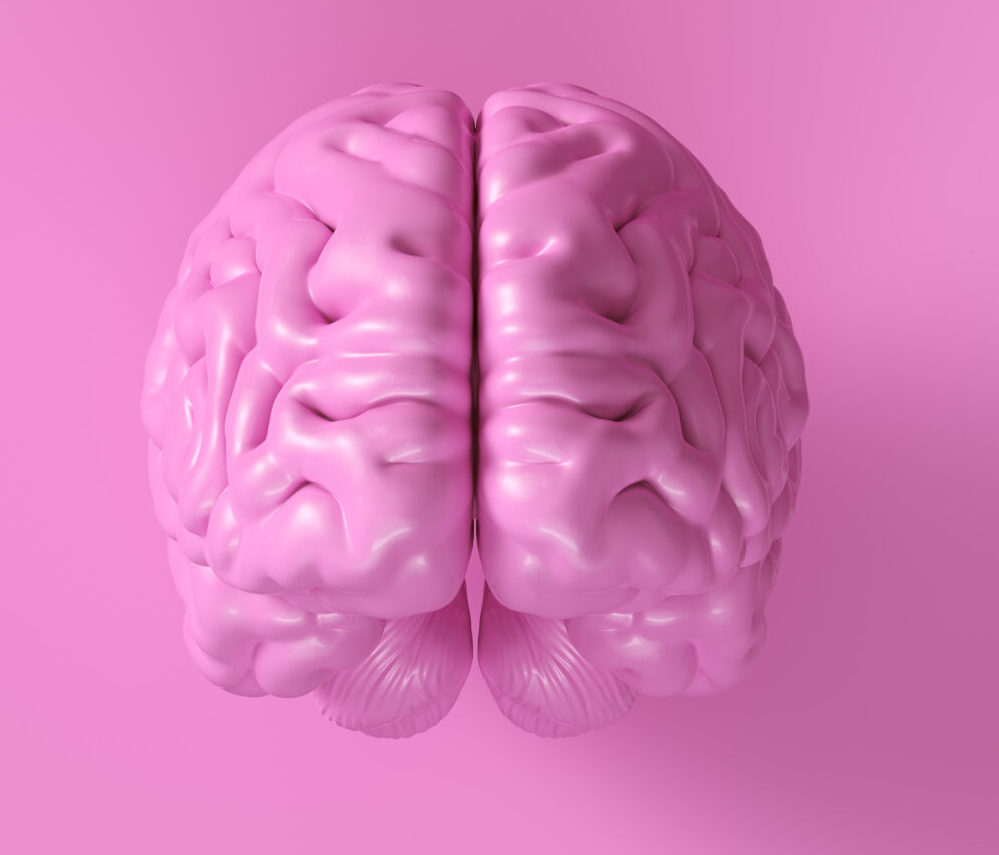Creating a daily care plan that incorporates familiar cues can be incredibly helpful for guiding your loved one through their day, especially if they are dealing with memory issues or need assistance with daily routines. Here’s a step-by-step guide to help you develop such a plan:
## Understanding the Importance of Familiar Cues
Familiar cues are things that your loved one recognizes and associates with certain activities or times of the day. These cues can be visual, auditory, or even sensory, like a favorite meal or a specific scent. Using these cues in a daily care plan can make routines feel more natural and comforting, reducing confusion and stress.
## Assessing Your Loved One’s Needs
The first step in creating a daily care plan is to assess your loved one’s needs. This involves understanding their physical, emotional, and cognitive abilities. Consider their medical history, current health status, and any specific challenges they face, such as memory loss or mobility issues. It’s also important to involve healthcare professionals in this assessment to ensure you have a comprehensive view of their needs.
## Identifying Familiar Cues
Next, identify the familiar cues that your loved one responds well to. These could be:
– **Visual Cues**: Photos, calendars, or clocks can help them keep track of time and appointments.
– **Auditory Cues**: Music or specific sounds can signal meal times or bedtime.
– **Sensory Cues**: Certain smells, like freshly baked cookies, can remind them of mealtime.
## Setting Up the Daily Routine
Once you have identified the cues, incorporate them into a structured daily routine. This routine should include:
– **Healthcare Tasks**: Medication times, doctor’s appointments, and physical therapy sessions.
– **Personal Care**: Bathing, dressing, and grooming.
– **Meals and Nutrition**: Plan balanced meals and designate mealtimes.
– **Leisure and Social Activities**: Schedule activities like reading, walking, or spending time with friends and family.
## Implementing the Plan
To implement the plan effectively, make sure all caregivers are aware of the cues and routines. This includes family members, professional caregivers, and healthcare providers. Consistency is key, so ensure that everyone follows the same routine and uses the same cues.
## Monitoring and Adjusting the Plan
A care plan is not static; it needs to evolve with your loved one’s changing needs. Regularly review the plan with healthcare professionals and family members to ensure it remains effective. Solicit feedback from your loved one to make sure their preferences and comfort levels are considered.
By following these steps and incorporating familiar cues into your daily care plan, you can help your loved one feel more secure and supported throughout their day. This approach not only enhances their quality of life but also provides peace of mind for you and other caregivers.

